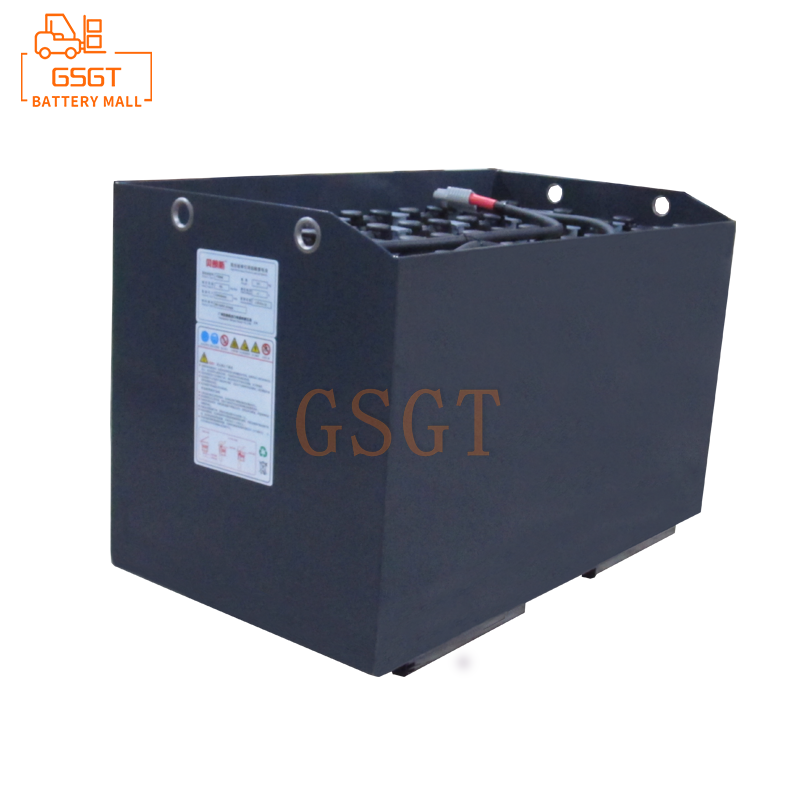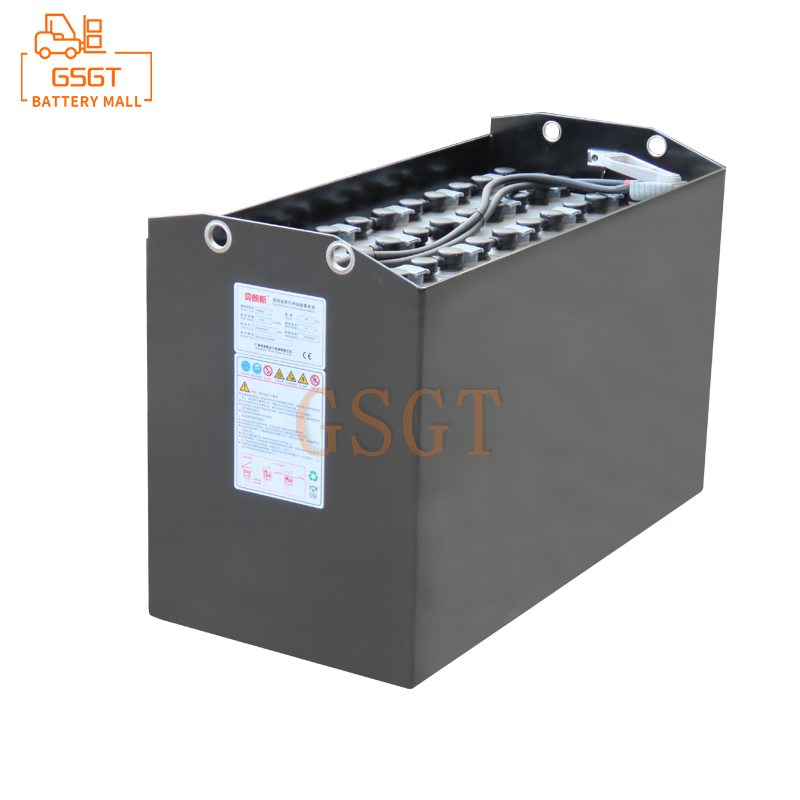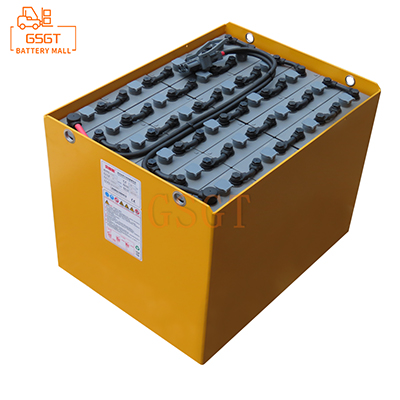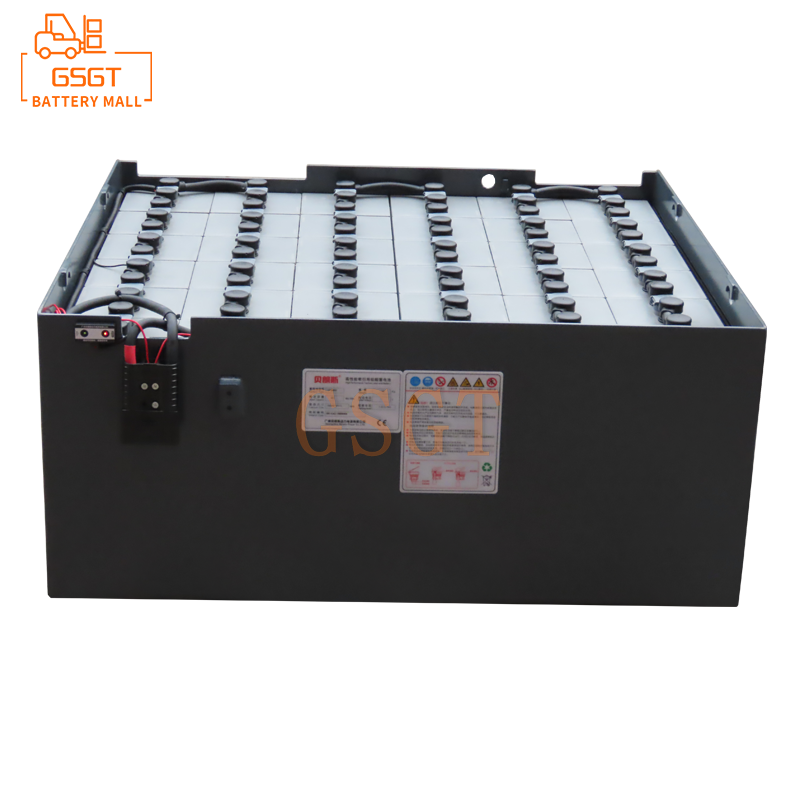Time:2025-03-12 12:06:39
Browse:215
In the life cycle of lead-acid batteries, capacity decline is a common problem. From providing power for electric vehicles to serving as a backup power supply to ensure the operation of key equipment, once the capacity is reduced, the battery performance is greatly reduced, which seriously affects the use experience. But don't worry, through in-depth analysis of the causes of decline, targeted professional repair means, in many cases can make the battery "revitalized."
1. Analysis of the causes of capacity decline
1. Plate vulcanization: in a state of undercharge for a long time, or the battery is not charged in time after excessive discharge, the lead sulfate on the plate will gradually form coarse and difficult to dissolve crystals, which is plate vulcanization. During normal charging, these crystals cannot be successfully converted into active substances, resulting in a reduction in the area of the plate participating in the electrochemical reaction and a reduction in the battery capacity. For example, electric vehicles for long-term short-distance riding, each charging time is short, the battery is on the edge of loss for a long time, and the plate vulcanization phenomenon will be intensified.
2. ** Water loss ** : During the charging and discharging process of lead-acid batteries, especially in high temperature environments, the water in the electrolyte will escape in the form of hydrogen and oxygen due to the electrolytic reaction. After water loss, the electrolyte concentration increases, the contact between the plate and the electrolyte becomes worse, the resistance increases, the electrochemical reaction efficiency decreases, and the battery capacity declines. In the summer outdoor use of solar street lights supporting lead-acid batteries, for example, high temperature coupled with frequent charging and discharging, the problem of water loss is more prominent.
3. ** Active substances fall off ** : After multiple charging and discharging cycles, the active substances on the plate gradually fall off in the process of continuous expansion and contraction, and accumulate at the bottom of the battery. There are fewer active substances available to participate in electrochemical reactions, just as there are fewer workers available to work in a factory, and the battery capacity naturally decreases. This situation is particularly obvious in batteries with a longer service life.
2. Repair plan
1. ** Pulse repair method **
- ** Principle ** : Use high-frequency pulse current to periodically impact sulfide crystals on the plate. The high voltage generated instantaneously by the pulse current can crush the sulfide crystals, redissolve them into the electrolyte, restore the normal structure of the plate active material, and increase the battery capacity.
- ** Operation ** : There is a special pulse repair instrument on the market, and it is correctly connected with the lead-acid battery to be repaired. Set the appropriate pulse frequency, pulse width and repair time, the general frequency is between several thousand Hertz and tens of kilohertz, the pulse width is a few microseconds to tens of microseconds, and the repair time lasts from several hours to several days according to the battery capacity and the degree of vulcanization. During the repair process, closely observe the changes in battery voltage and current, and adjust the parameters in time.
2. ** Water Refill Repair Method **
- ** Principle ** : For the battery with water loss resulting in capacity decline, add an appropriate amount of distilled water or special lead-acid battery supplement liquid to restore the normal concentration of the electrolyte, improve the contact conditions between the plate and the electrolyte, and promote the smooth electrochemical reaction.
- ** Operation ** : First open the safety valve on the top of the battery, slowly inject distilled water or supplementary liquid into each single cell battery with a syringe or dropper, and add water to the level of the observation hole between the upper and lower limits is appropriate. After adding water, let it sit for 2-3 hours to allow the water to fully mix with the original electrolyte. Then, use the adaptive charger for small current charging, the charging current is controlled at 0.1C-0.2C (C is the rated capacity of the battery), the charging time is 6-10 hours, and the battery temperature is monitored during the charging process to avoid overheating.
3. ** deep charge and discharge repair method **
- ** Principle ** : Through deep discharge, the lead sulfate on the plate that is difficult to participate in the reaction is converted into active substances as far as possible, and then deep charging is carried out to fully reduce the active substances, activate the performance of the plate, and improve the battery capacity.
- ** Operation ** : Use special discharge equipment to discharge the battery to the voltage close to the termination voltage (such as 12V lead-acid battery discharge to about 10.5V). During the discharge process, the discharge current is controlled to be stable to avoid excessive current damage to the battery. After the discharge is completed, immediately charge with the charger in a constant current and constant voltage mode, first with 0.1C-0.15C current and constant current charging, when the battery voltage rises to a certain value (such as 14.4V), it is converted to constant voltage charging, until the charging current drops to a small (such as 0.01C), and the charging time is about 8-12 hours. Such a repeat of 2-3 charge and discharge cycles can effectively improve battery capacity.
3. Maintenance after repair
1. ** Reasonable charging ** : The repaired battery should be charged in a suitable way. Avoid overcharging and undercharging, try to use the original charger, and charge according to the specified charging time and current. After full charge, unplug the charger in time to prevent overcharge damage to the battery.
2. ** Control the depth of discharge ** : In daily use, do not let the battery discharge excessively. Taking electric vehicles as an example, when the power remains 20%-30%, it should be charged in time to avoid the battery being in a deep discharge state for a long time and extend the battery life.
3. ** Regular inspection ** : Every once in a while, check the appearance of the battery for deformation and leakage, measure the electrolyte density and liquid level height, and timely discover potential problems and deal with them.
The decline of lead-acid battery capacity is not without solution. By accurately judging the causes of decline, skillfully using professional methods such as pulse repair, water refill repair, deep charge and discharge repair, and with careful maintenance after repair, the battery capacity can be effectively restored, so that the lead-acid battery can play a reliable energy storage role again, and the stable power supply for all kinds of equipment.

$3075

$2450

$3405

$4045

MESSAGE
Professional And Efficient
Security
Affordable Price
Professional Services